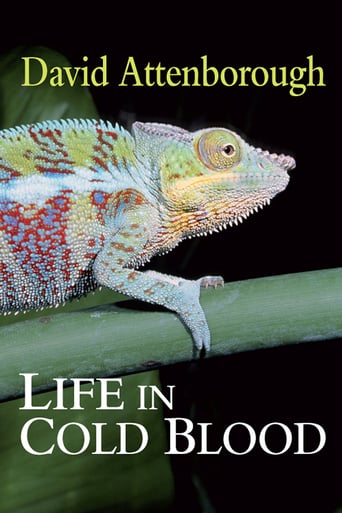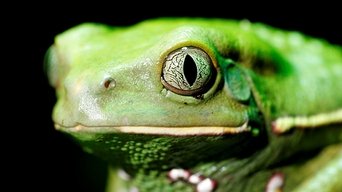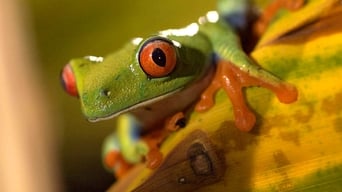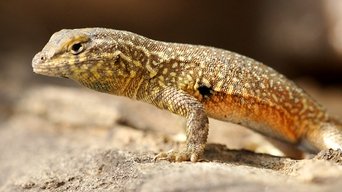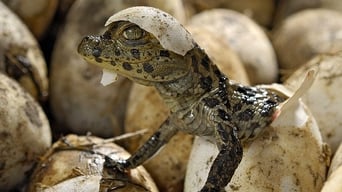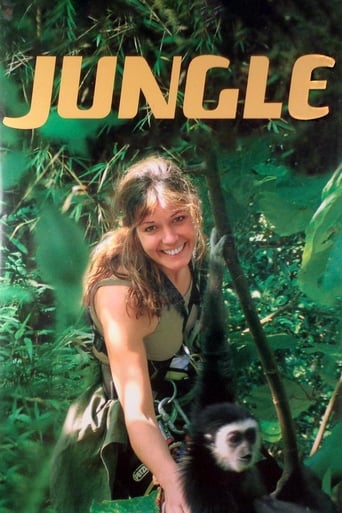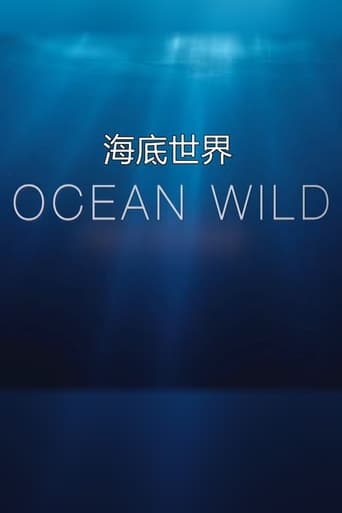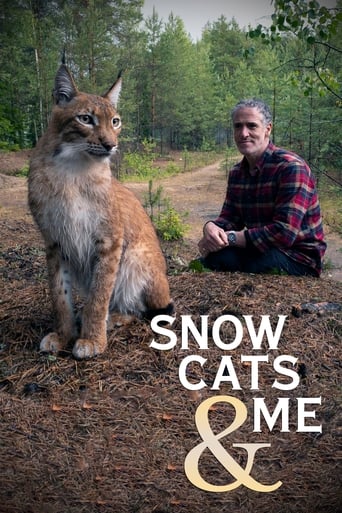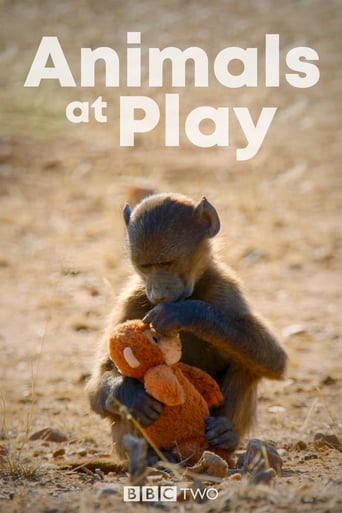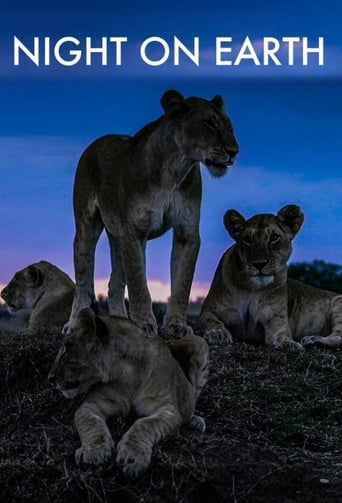Life in Cold Blood (2008)
David Attenborough reveals the surprising truth about the cold-blooded lives of reptiles and amphibians. These animals are as dramatic, as colourful and as tender as any other animals.
...
Watch on Prime Video
Stream Now
With 30 Day Free Trial!
AD:This title is currently not available on Prime Video
Life in Cold Blood
2008 / TV-GSeasons & Episode
1
David Attenborough reveals the surprising truth about the cold-blooded lives of reptiles and amphibians. These animals are as dramatic, as colourful and as tender as any other animals.
READ MORE
Watch Trailer
Cast
David Attenborough
Producted By
BBC
Genres
Watch on Prime Video
Stream Now
With 30 Day Free Trial!
Free Trial Channels
AD
Show More



